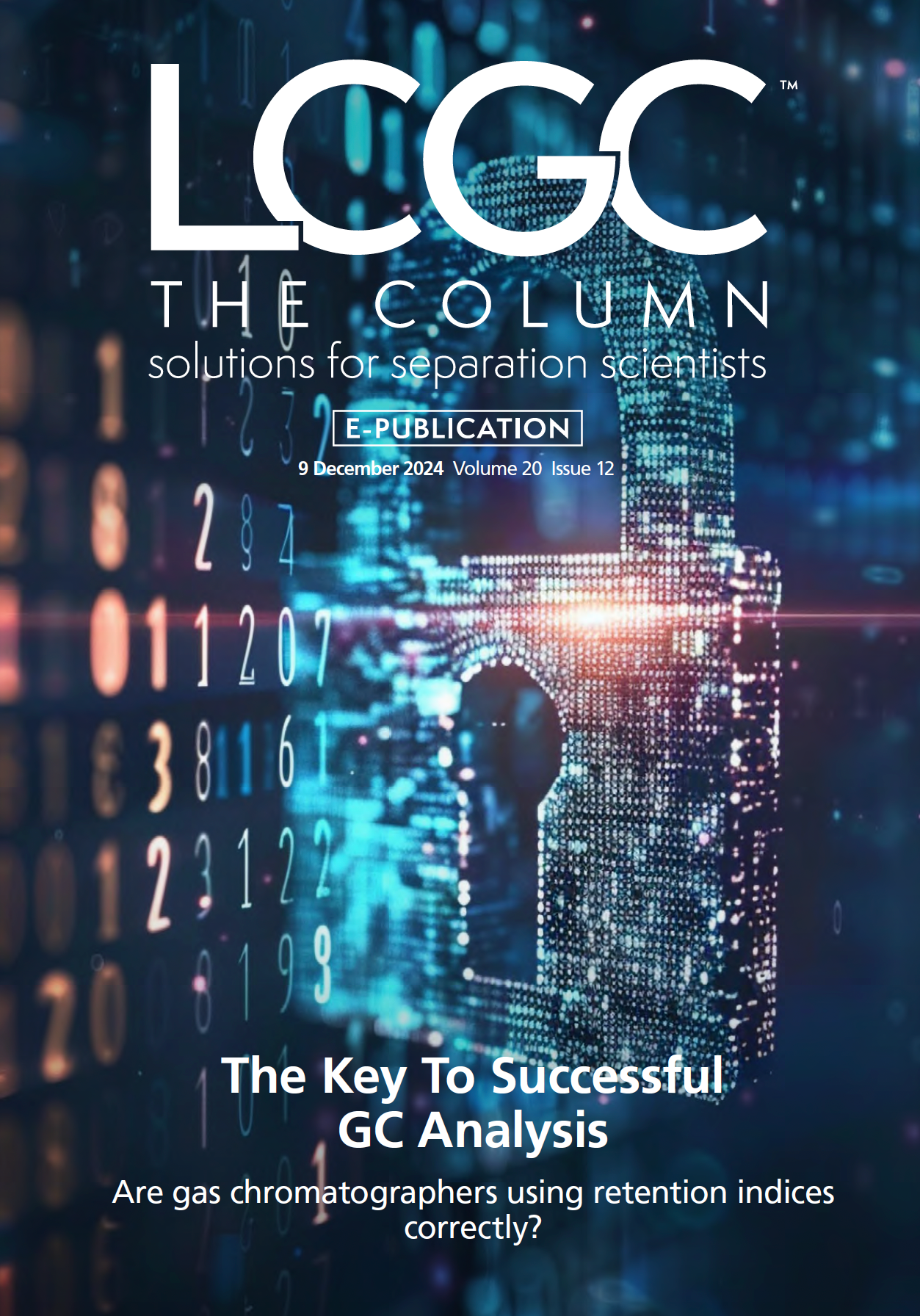Profiling Cannabis Samples Using GC–MS
In a study led by scientists from the Messina Institute of Technology in Messina, Italy, gas chromatography–mass spectrometry (GC–MS) was used to profile illegal samples of Cannabis sativa L. Their findings were published in the Journal of Chromatography A (1).
High detailed image of fresh cannabis cultivation | Image Credit: © The Allery - stock.adobe.com

Cannabis sativa L. is one of the most widely cultivated plants for illicit purposes worldwide, with it being the most consumed illicit substance. In 2021, the amount of narcotic Cannabis sativa L. seized in Europe reached its highest level in the last decade. Europe, despite some EU Member States putting changes in cannabis regulation into effect, remains an important production zone for cannabis. The main illicit cannabis-based products are marijuana (herbal cannabis) and hashish (cannabis resin). The former is obtained mainly from the plant flowering tops together with leaves, while the latter is produced through a relatively long cottage industry process consisting of successively drying, sieving, and finally pressing, or by means of butan hashish oil (BHO) extraction. In 2021, the EU Member States declared 202,000 seizures of hashish (equivalent to 816 tons) and 240,000 seizures of marijuana, amounting to 256 tons.
While recreational and medical marijuana is legalized and expanded, the cannabis industry faces various regulations from different countries. As such, two prominent techniques have become reliable solutions for this process: gas chromatography (GC) and liquid chromatography (LC) (2). While LC has become the preferred technique for analyzing cannabinoids, potency testing, mycotoxins, and pesticides, GC has become the industry standard for analyzing residual solvents and terpenes.
To correctly identify a drug or chemical, the Scientific Working Group for the Analysis of Seized Drugs (SWGDRUG) recommends using an analytical scheme based on validated methods. This requires using multiple uncorrelated techniques, classified into three categories listed to decrease discriminating power from A to C, in which mass spectrometry (MS) is included as a Category A technique, and GC as a Category B technique. For this study, the scientists believe a gas chromatography–mass spectrometry (GC–MS) approach could support law enforcement efforts and assist police work.
To test this, GC–MS was used for the cannabinoids and terpenes profiling of 25 seized samples consisting of Cannabis sativa L. flowering tops confiscated from January 2022 to July 2023. All the samples were first evaluated in terms of THC content, while the terpene profile was assessed by GC–MS and gas chromatography-flame ionization detector (GC-FID) analyses after microwave-assisted hydro-distillation (MAHD) extraction. Finally, a heart-cutting multidimensional gas chromatography (MDGC) approach was implemented, based on combining first-dimension apolar stationary phases and second-dimension chiral stationary phases. This was coupled in parallel with isotope-ratio mass spectrometry (C-IRMS) and MS detection for studying the enantiomeric and carbon isotopic ratios of selected enantiomeric couples.
While no information was made available on the varieties of Cannabis used in this experiment, the scientists did record a combination of the quali-quantitative (volatile fraction and THC/CBD contents), chiral, and isotopic data. This suggests a close correlation between specific narcotic samples. With these findings, it was possible to tentatively group narcotic samples with common experimental results because of the same or similar seizure dates; these would in turn suggest a common origin. While these findings are promising, future research efforts are needed. In the study, the scientists say their aim will be to collect a higher number of seized samples as a more rigorous methodology to trace the narcotic flowering tops to further support police investigations.
References
(1) Micalizzi, G.; Cucinotta, L.; Chiaia, V.; Alibrando, F.; et al. Profiling of Seized Cannabis sativa L. Flowering Tops by Means of Microwave-Assisted Hydro Distillation and Gas Chromatography Analyses. J. Chromatogr. A 2024, 1727, 464994. DOI: 10.1016/j.chroma.2024.464994
(2) Cannabis Testing – Understanding the Role of Chromatography. SCION Instruments 2024. https://scioninstruments.com/blog/understanding-the-role-of-chromatography-in-cannabis-testing/ (accessed 2024-6-17)

New Method Explored for the Detection of CECs in Crops Irrigated with Contaminated Water
April 30th 2025This new study presents a validated QuEChERS–LC-MS/MS method for detecting eight persistent, mobile, and toxic substances in escarole, tomatoes, and tomato leaves irrigated with contaminated water.
University of Tasmania Researchers Explore Haloacetic Acid Determiniation in Water with capLC–MS
April 29th 2025Haloacetic acid detection has become important when analyzing drinking and swimming pool water. University of Tasmania researchers have begun applying capillary liquid chromatography as a means of detecting these substances.

.png&w=3840&q=75)

.png&w=3840&q=75)



.png&w=3840&q=75)



.png&w=3840&q=75)














